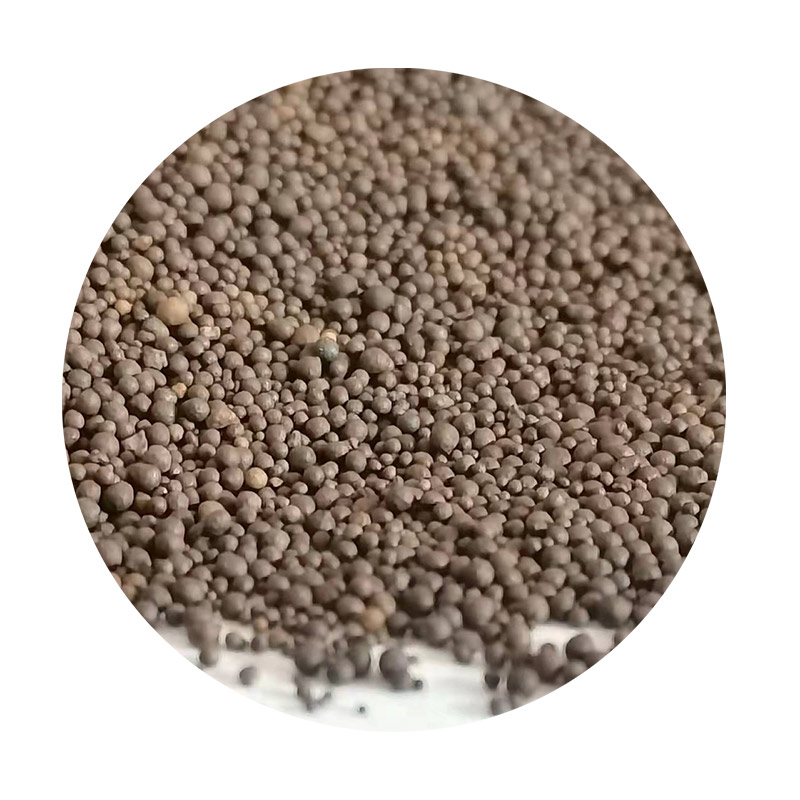Differences Between Sand Casting and Permanent Mold Casting
Casting is a fundamental manufacturing process that involves pouring molten material into a mold to form a desired shape. Two popular methods of casting are sand casting and permanent mold casting, each with its unique characteristics, advantages, and applications. Understanding the distinctions between the two can help manufacturers select the most suitable process for their specific needs.
Overview of Sand Casting
Sand casting is one of the oldest and most widely used casting methods. It utilizes a mold made from a mixture of sand, clay, and water, which is shaped to create a cavity that defines the object to be cast. The pattern, typically made from metal or plastic, is placed into the sand mixture to form the mold. Once the pattern is removed, molten metal is poured into the cavity created by the pattern.
Advantages of Sand Casting
1. Versatility Sand casting can accommodate a wide variety of metals, including iron, aluminum, and bronze. It is also suitable for both small and large production runs.
2. Cost-Effectiveness The materials used in sand casting are relatively inexpensive, making it an economical choice, especially for low-volume production.
3. Complex Shapes Sand molds can be designed to create intricate geometries and complex shapes that may be difficult to achieve with other casting methods.
4. Tooling and Setup Changing patterns and designs is relatively straightforward in sand casting, as it does not require extensive tooling or setup changes.
Disadvantages of Sand Casting
1. Surface Finish The surface finish of sand-cast products tends to be rough, often requiring additional machining for tolerances and aesthetics.
3. Dimensional Tolerances Sand casting typically offers less precision compared to other methods, such as permanent mold casting.
difference between sand casting and permanent mold casting

Overview of Permanent Mold Casting
Permanent mold casting, also known as gravity die casting, uses molds made from metal (usually steel or iron) that can withstand the high temperatures of molten metal. The process primarily relies on gravity to pour the molten metal into the cavity of the mold, which is reused for multiple castings.
Advantages of Permanent Mold Casting
1. Surface Finish and Precision Permanent molds produce castings with a superior surface finish and tighter tolerances. This often eliminates the need for extensive post-casting machining.
2. Strength and Density The process delivers denser and stronger castings compared to sand casting due to faster cooling rates and increased metal flow.
3. Efficiency for High-Volume Production Permanent molds can be reused many times, making this method more efficient and cost-effective for large production runs.
4. Low Porosity The rigid metal molds reduce the likelihood of contamination, leading to fewer defects and improved integrity of the final product.
Disadvantages of Permanent Mold Casting
1. Higher Initial Costs The upfront cost of manufacturing permanent molds is significantly higher than that of sand molds, making it less attractive for small production runs.
2. Limited Complexity Permanent molds typically cannot accommodate very intricate designs or undercuts, which may limit the shapes that can be cast.
3. Material Restrictions This process is generally limited to lower-melting-point materials, which narrows the range of metals that can be used.
Conclusion
In summary, both sand casting and permanent mold casting have distinct advantages and disadvantages depending on the specific requirements of the project. Sand casting is ideal for low-cost, high-variability production while allowing intricate shapes, but it may sacrifice precision and finish. On the other hand, permanent mold casting excels in producing high-quality parts with tight tolerances and superior surface finishes, but it requires a larger investment upfront and may limit design complexity. Manufacturers must weigh these factors carefully to determine which casting method aligns best with their production goals and product specifications.
Post time:നവം . 11, 2024 19:33
Next:industrial sand casting
